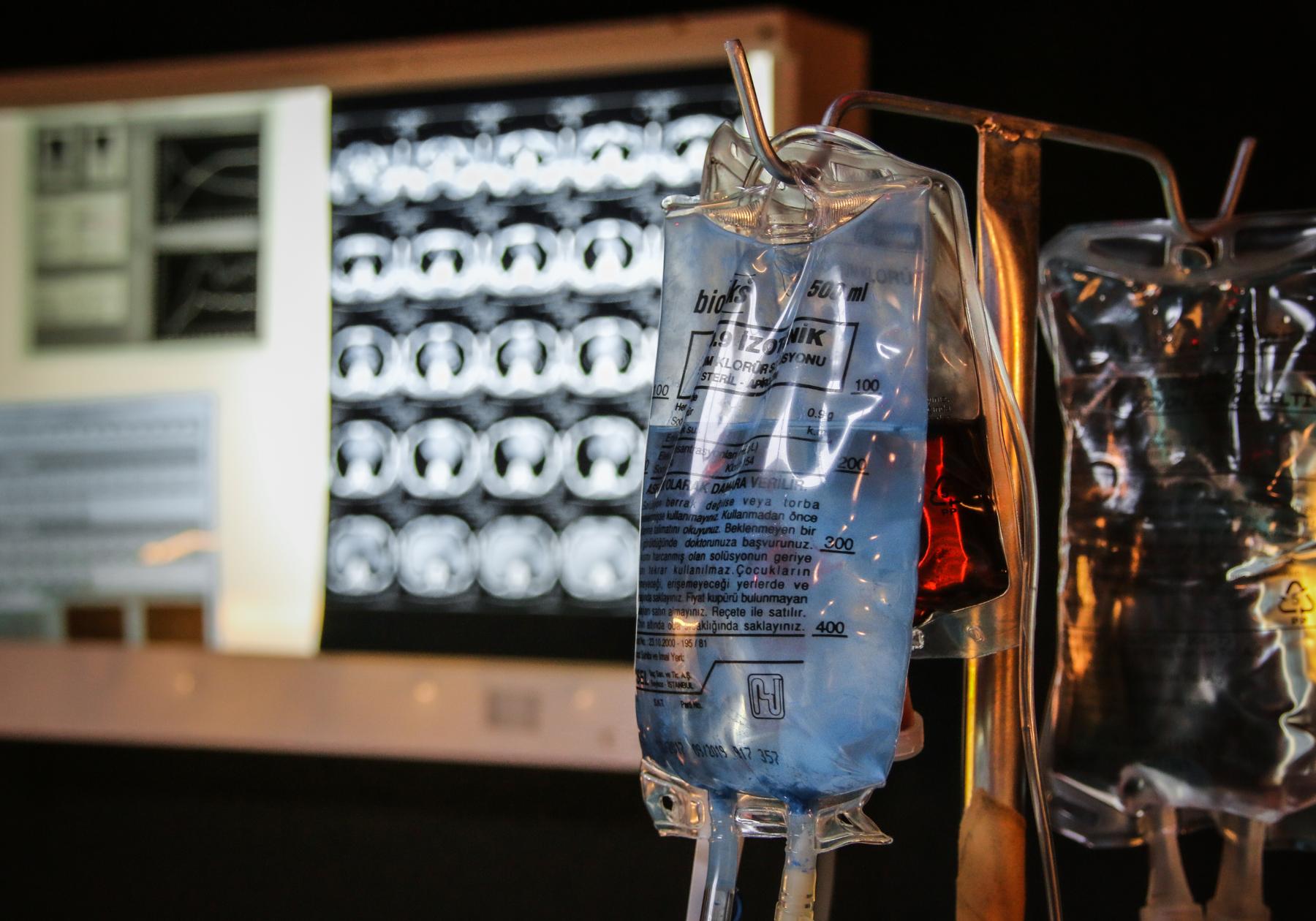The GLOBAL Perspective: Regulatory Consulting & Beyond
Exploring the intersection of Life Science innovations, insights, and current industry topics within regulatory consulting.

What is IVDR?
The In Vitro Diagnostic Regulation (IVDR) (EU 2017/746) is the European Union’s regulatory framework governing in vitro diagnostic medical devices—tests and instruments used to examine human samples like blood or tissue. For manufacturers, understanding the IVDR is essential for maintaining or gaining access to the EU market.

IND vs. NDA: Understanding the Difference in FDA Submissions
For drug developers, FDA approval is a long and complex journey. Two of the most important milestones on this path are the Investigational New Drug (IND) application and the New Drug Application (NDA). While both are critical submissions, they serve very different purposes.

The FDA’s CMC Development and Readiness Pilot (CDRP) Program: What Sponsors Need to Know
In August 2023, the U.S. Food and Drug Administration (FDA) announced the launch of the Chemistry, Manufacturing, and Controls Development and Readiness Pilot (CDRP) Program. This initiative is designed to help sponsors of certain accelerated development products better align their CMC strategies with the FDA early in the development process.

CMC Challenges in Cell & Gene Therapy: How to Avoid Regulatory Delays
In recent years, cell and gene therapies (CGTs) have transformed from scientific breakthroughs into commercial realities. These advanced modalities are redefining how we approach rare, genetic, and otherwise untreatable diseases—offering patients options that were once unimaginable. Yet, while the science is groundbreaking, the CMC (Chemistry, Manufacturing, and Controls) pathway remains one of the most significant obstacles to timely regulatory approval.

Why BLAs Are Different from NDAs
When it comes to bringing new therapies to patients in the U.S., two key FDA pathways are often discussed: New Drug Applications (NDAs) and Biologics License Applications (BLAs). While both serve the same ultimate goal—getting safe and effective treatments to market—they follow very different paths. Understanding the differences between NDAs and BLAs is crucial for companies developing new therapeutics, particularly as the biotech landscape continues to evolve.

Responsible AI in Medical & Regulatory Writing: Why Expert Oversight Matters
Generative AI tools are starting to revolutionize how many industries engage with regulatory obligations. We discuss the opportunities and challenges in working with AI, and outline how our team of medical writers can support your project to ensure quality submissions.

The Use of Neutral, Unbiased, and Equitable Language in Medical Writing
It is increasingly important in medical writing to recognize diversity in race and ethnicity, sex and gender, sexual orientation, socioeconomic status, and disability, and to avoid assumptions about a patient’s identity or medical condition.

Overcoming the Challenges of Complaint Reporting with IMDRF Adverse Event Terminology
The IMDRF framework offers a solution to challenges associated with complaint reporting by providing a standardized set of terminologies for adverse event reporting, streamlining processes, and improving the accuracy of reported data.

M. Jocelyn Elders: Breaking Barriers as a Trailblazing Pediatrician and Public Health Administrator
M. Joycelyn Elders rose to prominence as an influential pediatrician and public health advocate, and she served as the first black woman appointed Surgeon General of the United States. Learn more as part of our Women in Science Series.

How Do You Know When You’re Ready to Submit an IND? Part 1
Read about the core requirements for a successful IND submission, the strategic advantages of scheduling a pre-IND meeting, and how to prepare in a way that not only streamlines the review process but also reduces the risk of encountering a clinical hold.

Gertrude Elion: A Pioneer in Cancer Research and the Development of Life-Saving Medications
Gertrude Elion was a trailblazer in scientific innovation through her lifelong commitment to medical research and the treatment of cancer and disease. Learn more about her as part of our Women in Science Series!





























